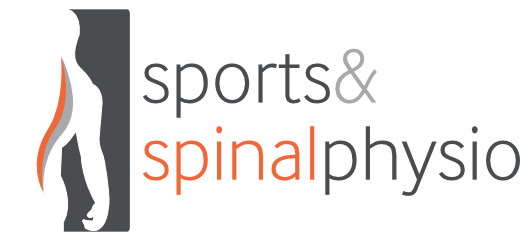News & Blog
IDD Therapy Clinic Story
Case Presentation: Treatment of Herniated Cervical Disc and Neck Pain using IDD Therapy.
“D” woke up in December 2023 with pain down the left arm and into his chest. MRI diagnosed a Herniated Cervical Disc (Slipped Disc in his neck). He attended 6 weeks of physio through his work scheme at Goring rehabilitation unit and was additionally prescribed a cocktail of drugs including Gabapentin.
Unfortunately he failed to respond to the Physiotherapy and drugs and was referred to an osteopath who administered some massage and cupping which unfortunately exacerbated his condition.
Searching for alternative solutions “D” came across IDD Therapy and made an appointment at our clinic for assessment. At the first appointment in early April 2024, he was experiencing pain in the back of his upper left arm, forearm and thumb and index finger.
The left side of his neck was stiff and there was a constant numbness in his left index finger. He rated his pain as fairly constant and anywhere between 3 to 10 out of 10. Sleeping was difficult and he would wake up regularly, sitting at his PC caused his pain to worsen and he found it difficult to lift weights in the gym.
On examination he had reduced neck movement, especially into flexion, where his pain would rapidly increase. He also demonstrated a loss of triceps power
Treatment
It was decided that “D” would undergo a 6 week course of IDD Therapy (16 sessions in all). Our plan was to use IDD Therapy to target his C6-7 disc herniation. This treatment provides a gentle intermittent distraction to the targeted level for 25 minutes. It requires the patient to attend 3-5 times per week initially, scaling down to 2-3 per week towards the end of treatment.
Over the 6 week course we increased the distraction force to a maximum of 30lbs. During his treatment “D” did not experience any significant increase in pain and noticed that he was gradually experiencing less of his usual symptoms.
At 6 weeks and on completion of his treatment he had no upper or lower arm pain, his chest felt normal, his muscle strength and range of movement (even looking down) had all returned to normal. The only residual symptoms were numbness in index finger (which may take longer to resolve and slight intermittent discomfort around the lower neck.
We have advised “D” to continue the exercises we have given him and gradually resume normal gym activities over the next few weeks, taking care with specific exercises that load his neck and arms.
What is IDD?
Whilst some may say IDD is just traction dressed up, having used the traction devices in the 90s, I can safely say it is not! Those old set ups required the person to sit upright in a chair, strap under their chin. A pulley system with a sand bag was used to apply a vertical force against the weight of the head. Note there was no specific direction of pull and as such no specific level targeted.
IDD Therapy is computer controlled distraction. The patient is relaxed in a supine position with their head on a carriage. As such they are relaxed and their tissues more amenable to distraction forces. We angle the pull to target the specific segment that we require to off load / decompress. Static or oscillatory forces can be used during the treatment. We can vary the force of the pull (up to a recommended limit and governed by pathology and patient demographics).
Whilst not every patient will require IDD therapy (most do really well with advice, some hands on and a decent exercise programme) some will find it very useful often gaining pain relief that leads into rehabilitation and full resolution.
If someone you know has a disc related problem and are not responding to standard physiotherapy and osteopathic treatments and would prefer to avoid surgical decompression, IDD therapy may be a good option. If you want to learn more please reach out, maybe book a Free Phone Consultation with a clinician.
